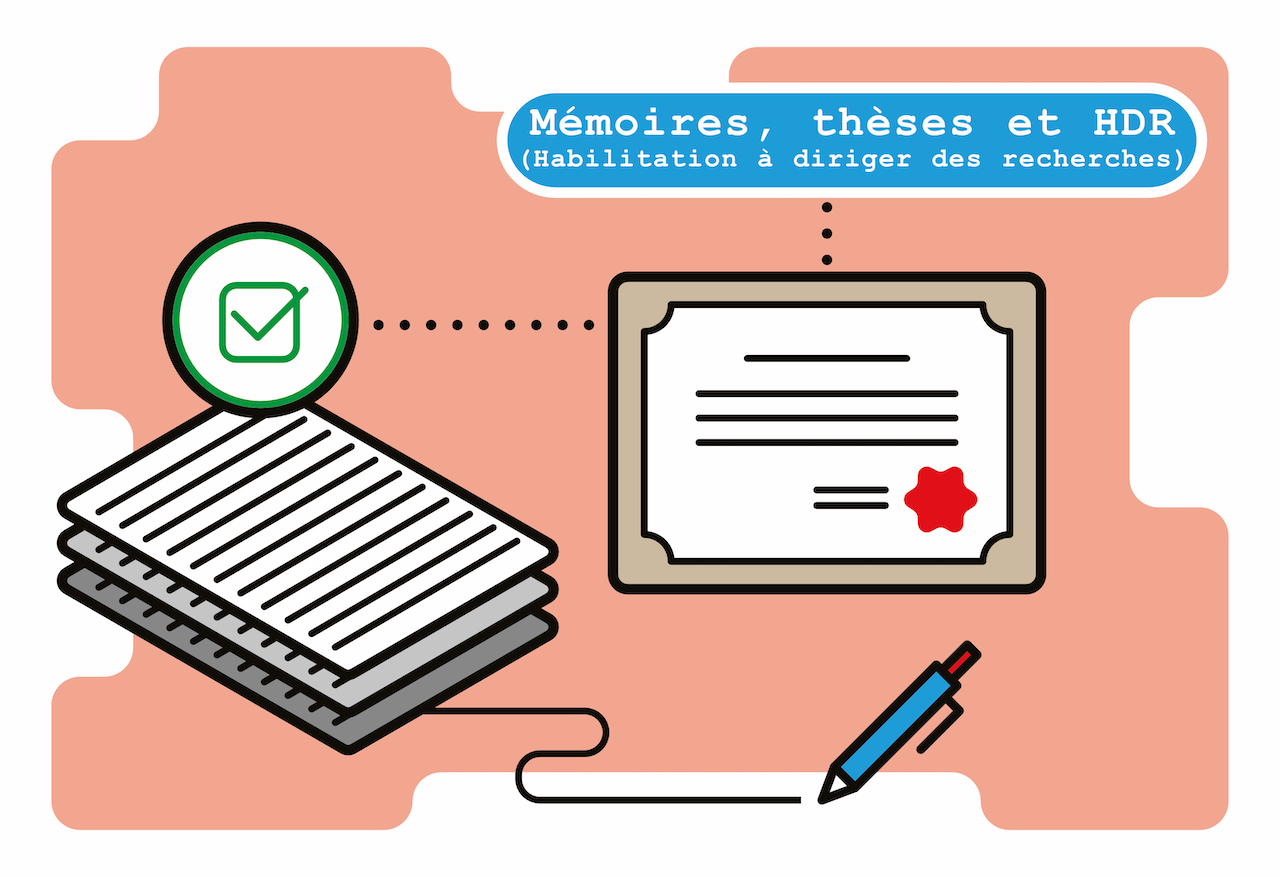La loi lacérée : Le crime d'entrave à l'office inquisitorial aux XIIIe et XIVe siècles The law torn apart : The crime of obstructing the inquisitorial office in the 13th and 14th centuries
Fiche du document
11 octobre 2024
- ISIDORE Id: 10670/1.5a1201...
Open Access , http://purl.org/eprint/accessRights/OpenAccess
Mots-clés
Inquisition Hérésie Papauté Entrave Théologie politique Innocent III Innocent IV Boniface VIII Jean XXII Philippe le Bel Bernard Gui Zanchino d’Ugolino Nicolas Eymerich Inquisition Heresy Papacy Obstruction Political theology Innocent III Innocent IV Boniface VIII John XXII Philip the Fair Bernard Gui Zanchino d’Ugolino Nicolas EymerichCiter ce document
Thomas Girard, « La loi lacérée : Le crime d'entrave à l'office inquisitorial aux XIIIe et XIVe siècles », Theses.fr, ID : 10670/1.5a1201...
Métriques
Partage / Export
Résumé
Lorsque le 3 septembre 1319 s’ouvre le procès de Bernard Délicieux, le franciscain, meneur de la révolte contre l’inquisition en Languedoc, se voit accusé d’être impeditor de l’inquisition, et, par là-même, complice de la recrudescence de l’hérésie dans le Midi. Cette qualification prenait place au milieu des déclinaisons de la faute hérétique qui définissaient autant d’identités criminelles dans la manualistique inquisitoriale ; credentes, defensores, fautores, occultatores, receptatores, etc. Ce crime d’entrave à l’office inquisitorial avait ceci de particulier qu’il ne se référait pas tant à un acte, positif, d’allégeance à une secte hérétique qu’à son négatif, l’opposition à la défense de la foi et à la persécution de la déviance religieuse menée par l’office inquisitorial. À ce titre, l’accusation peut se concevoir comme le vecteur de la criminalisation des obstacles et résistances à l’action politique comme au fonctionnement bureaucratique de l’inquisition de la dépravation hérétique. La présente thèse s’attache alors à en élaborer la généalogie historique et juridique, à partir des efforts de la papauté au XIIIème siècle pour rattacher au crime d’hérésie, via l’impedimentum officii inquisitionis, ceux des princes ou des notables présentés comme ses complices. Avant que, au XIVème siècle, le concept d’entrave au negotium fidei ne prenne place dans la doctrine politique de la papauté, donnant une couleur d’hérésie à l’opposition à la théologie institutionnelle de l’Église romaine.
